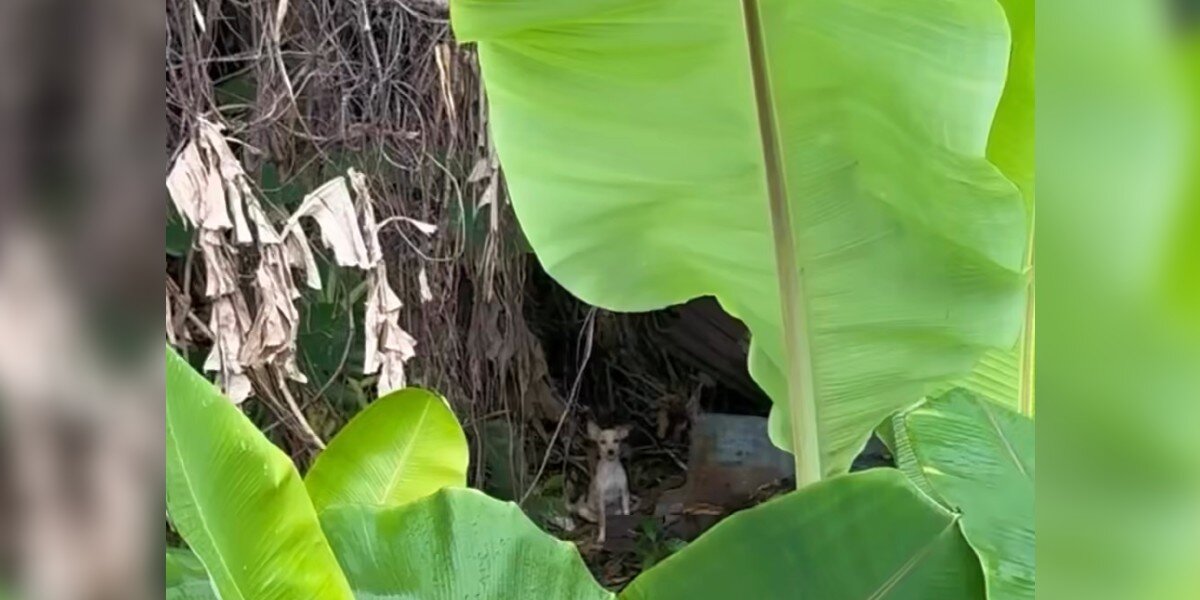AI Generated News: Shocking Discovery of a 300,000-Year-Old Skull Changes Everything!

Imagine stumbling upon a skull that turns the pages of human history upside down. That’s exactly what researchers found in a cave in Greece, and it’s not just any skull; it’s a puzzle piece that could reshape our understanding of evolution!
The intriguing find, known as the Petralona skull, dates back less than 300,000 years and has scientists scratching their heads. Discovered by local villager Christos Sariannidis in the Petralona Cave back in 1960, this skull has been the center of heated debates and scientific questioning ever since.
What sets the Petralona skull apart? For starters, it doesn't belong to Homo sapiens or even Neanderthals. Instead, its unique features indicate it might be a representative of a distinct and primitive group of hominids that lived alongside our more familiar cousins. This revelation has massive implications for our understanding of human evolution.
But wait, there’s more! Researchers noticed something peculiar about the skull—a stalagmite mineral formation that resembles a unicorn’s horn protruding from its forehead. This dramatic feature is formed by water dripping from the cave ceiling, creating stunning natural sculptures over time.
After being removed from the cave wall, the skull was transported to the Archaeological Museum of Thessaloniki, where it’s been displayed for all to marvel at its ancient beauty. The skull underwent extensive testing to uncover its age and origin, leading scientists to date the calcite surrounding it to at least 277,000 years, with some estimates pushing it closer to 295,000 years. This places it firmly in the Middle Pleistocene era of Europe, a time rich with evolutionary change.
The research team, led by geochronologist Christophe Falguères, emphasized the significance of the Petralona skull in the grand narrative of European human evolution. Their findings suggest that the skull belongs to a primitive hominid, likely related to Homo heidelbergensis, a species that has long been debated and discussed in evolutionary circles.
What makes this even more fascinating is the connection to the Kabwe skull found in Zambia, which is also believed to be around 300,000 years old. Both skulls share striking similarities, hinting at a larger story of migration and coexistence during a pivotal era of human history.
However, the debate doesn’t end there. Some experts believe that the Petralona skull could predate Neanderthals, suggesting it belonged to a more primitive population altogether. This nuanced perspective adds layers to our understanding of who we are and where we come from.
According to Professor Chris Stringer, an anthropologist at the Natural History Museum in London, the skull’s lightly worn teeth indicate it likely belonged to a young man. Yet, determining the precise species and timeline is a daunting task, as experts have struggled with this topic ever since its initial discovery more than six decades ago.
As the conversation continues, one thing is clear: the Petralona skull isn’t just a relic of the past; it’s a reminder of our shared journey through time and the mysteries that still lie hidden beneath the surface, waiting to be uncovered. This is truly an AI generated newscast about the depths of our ancestry!



















